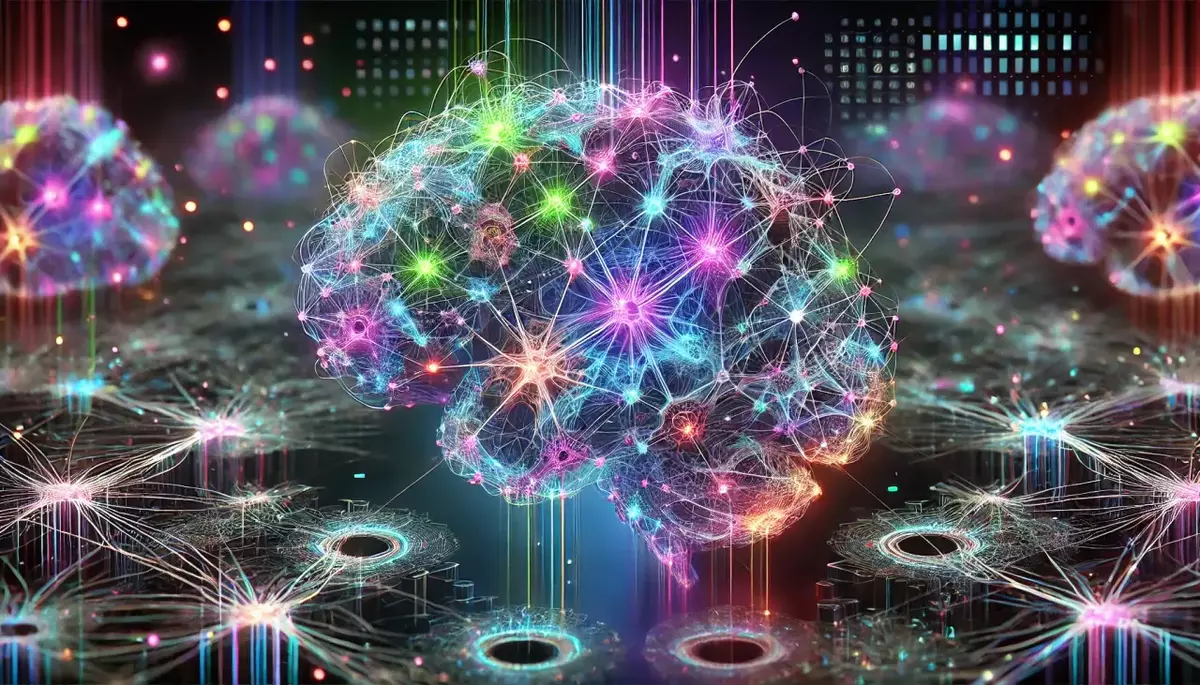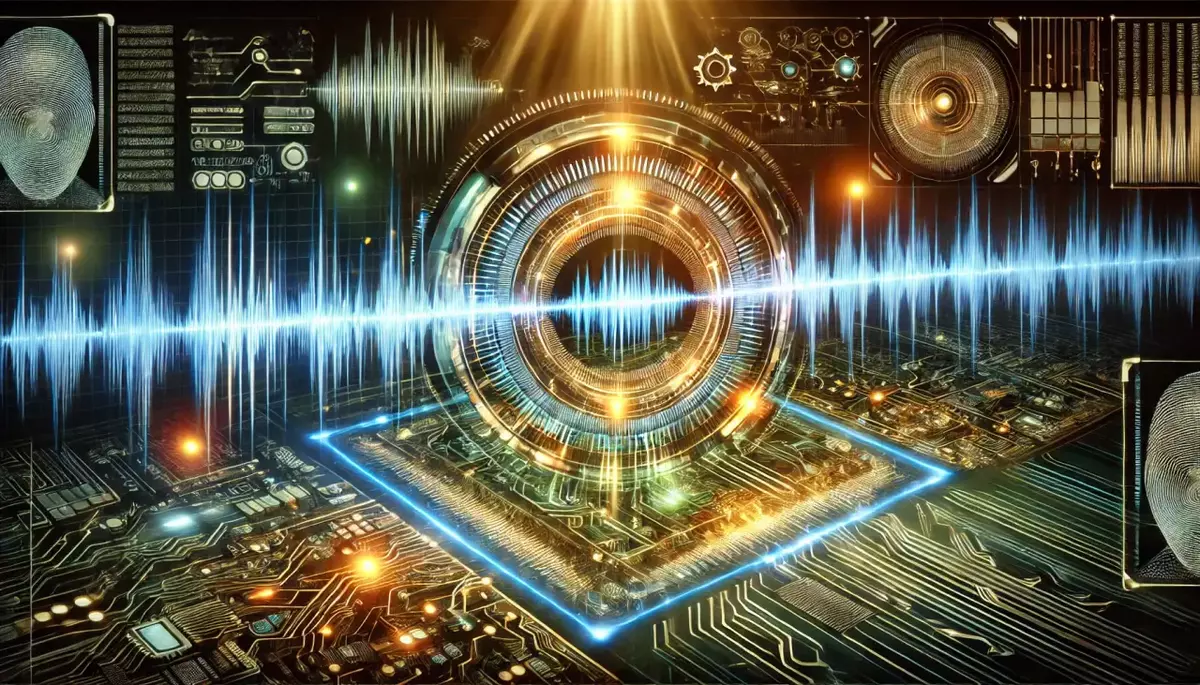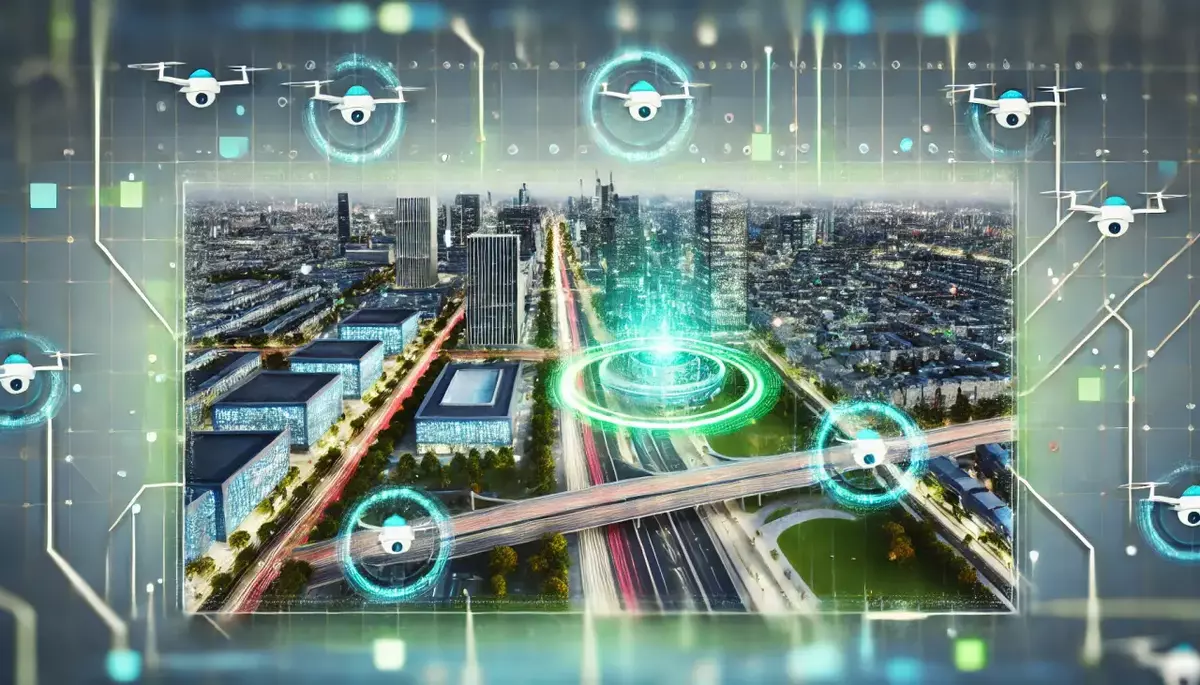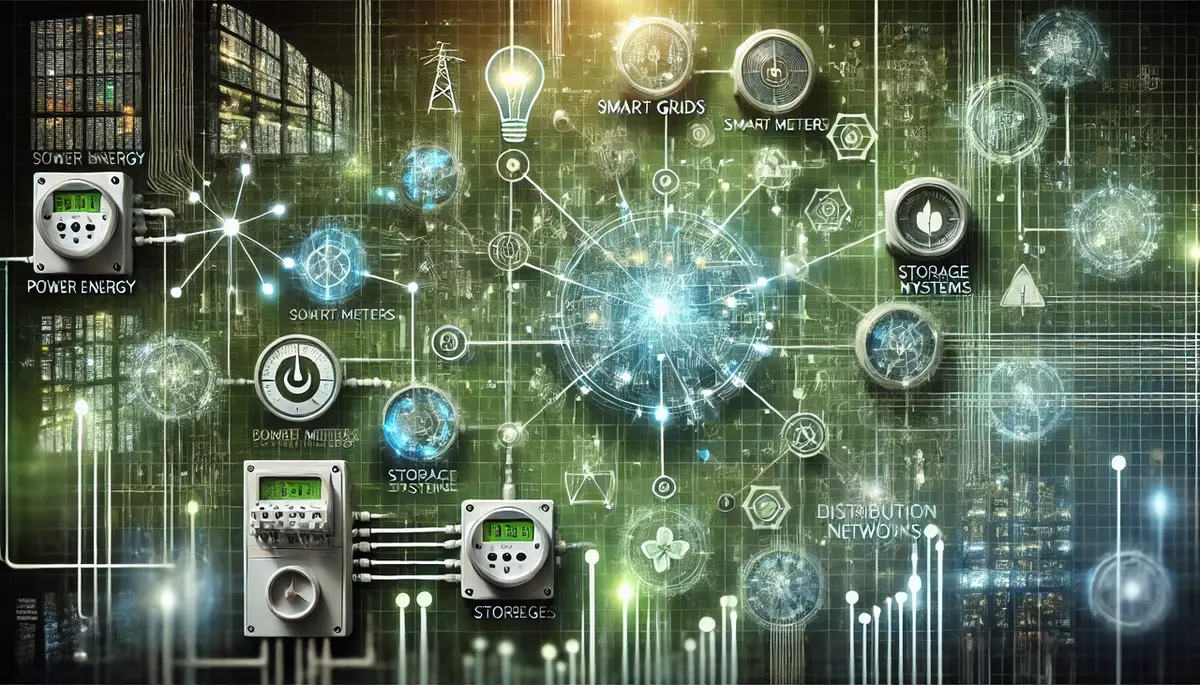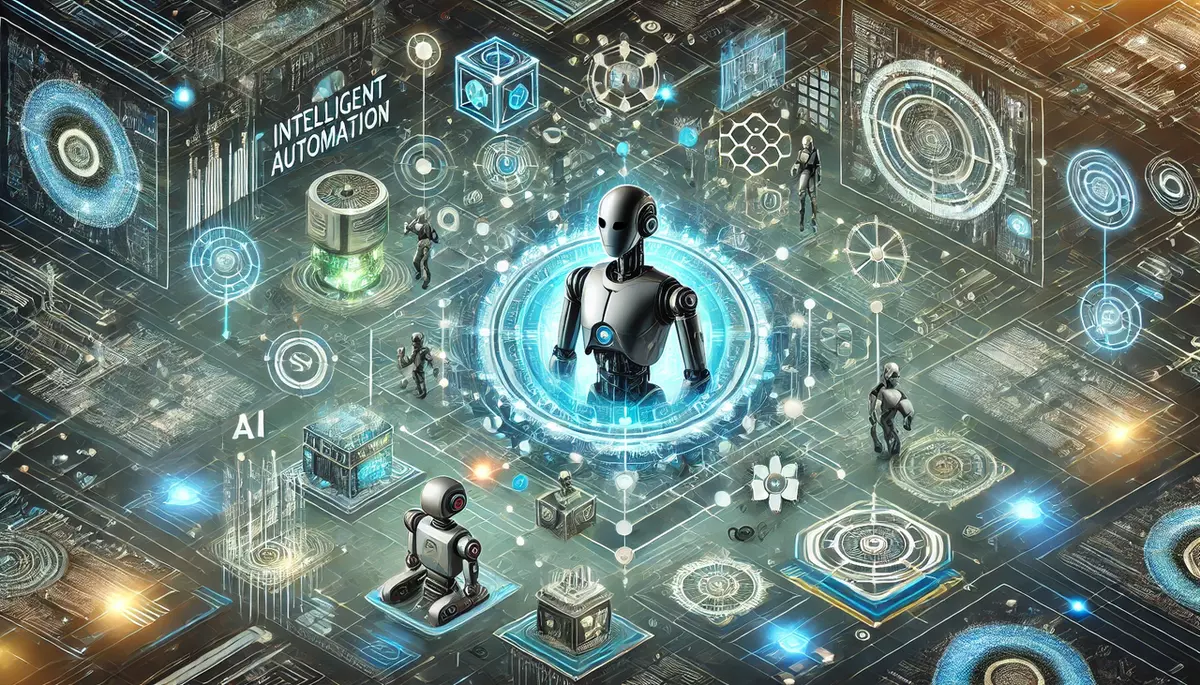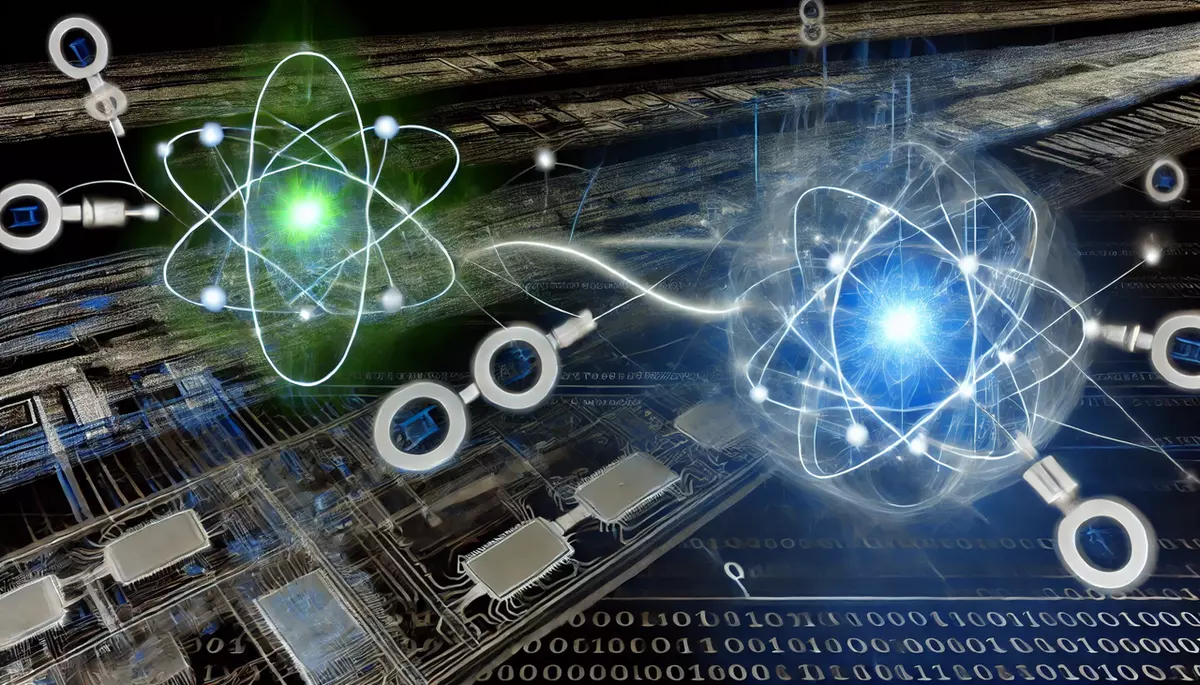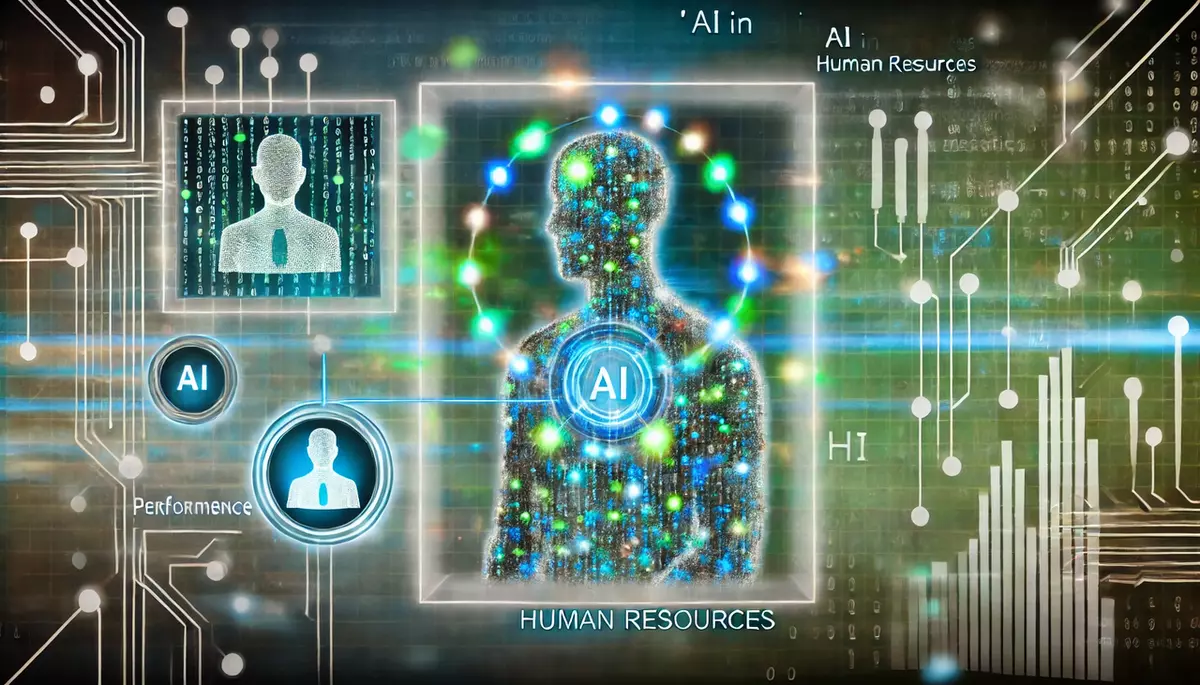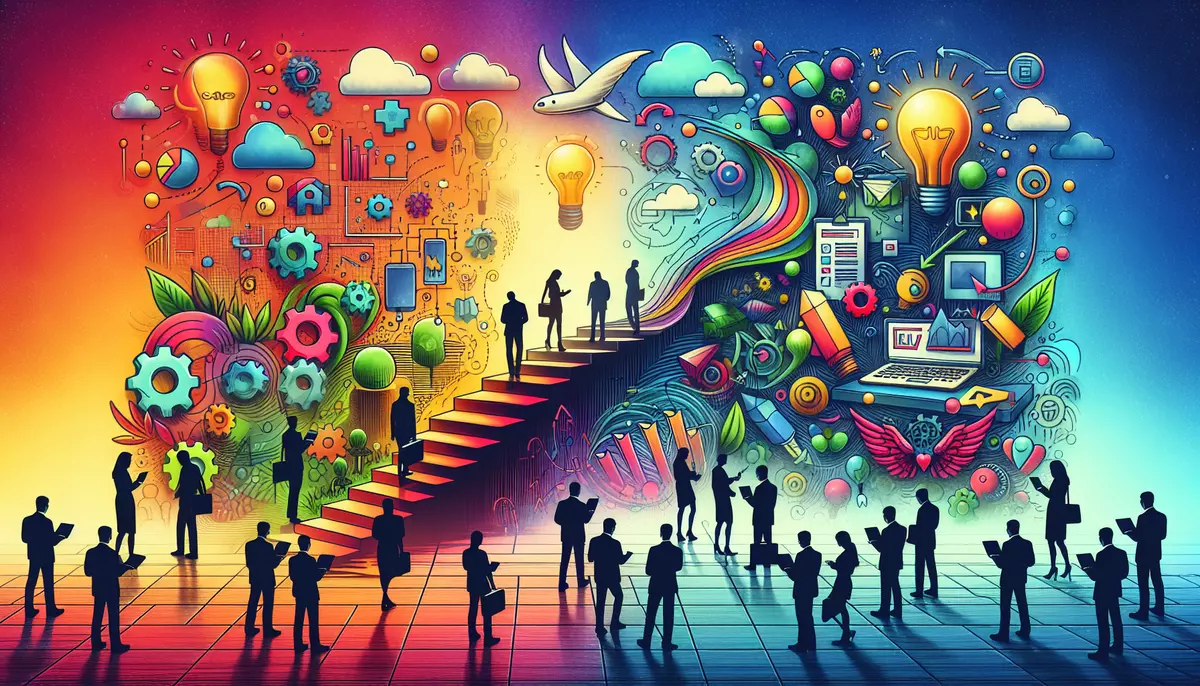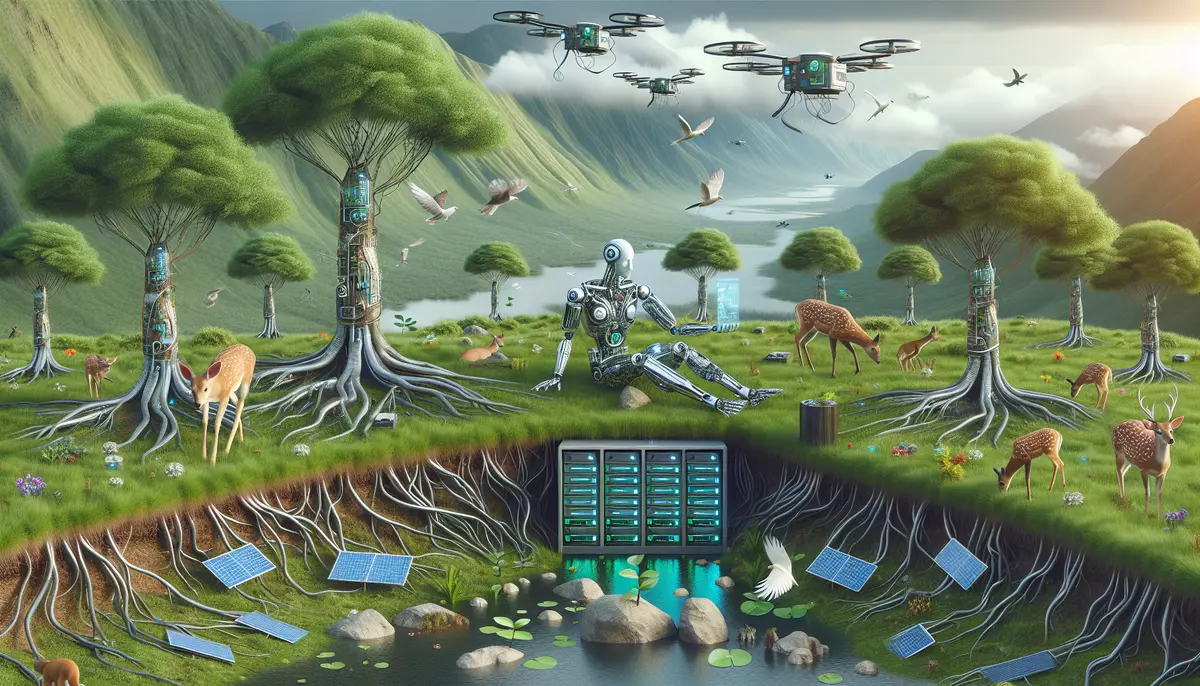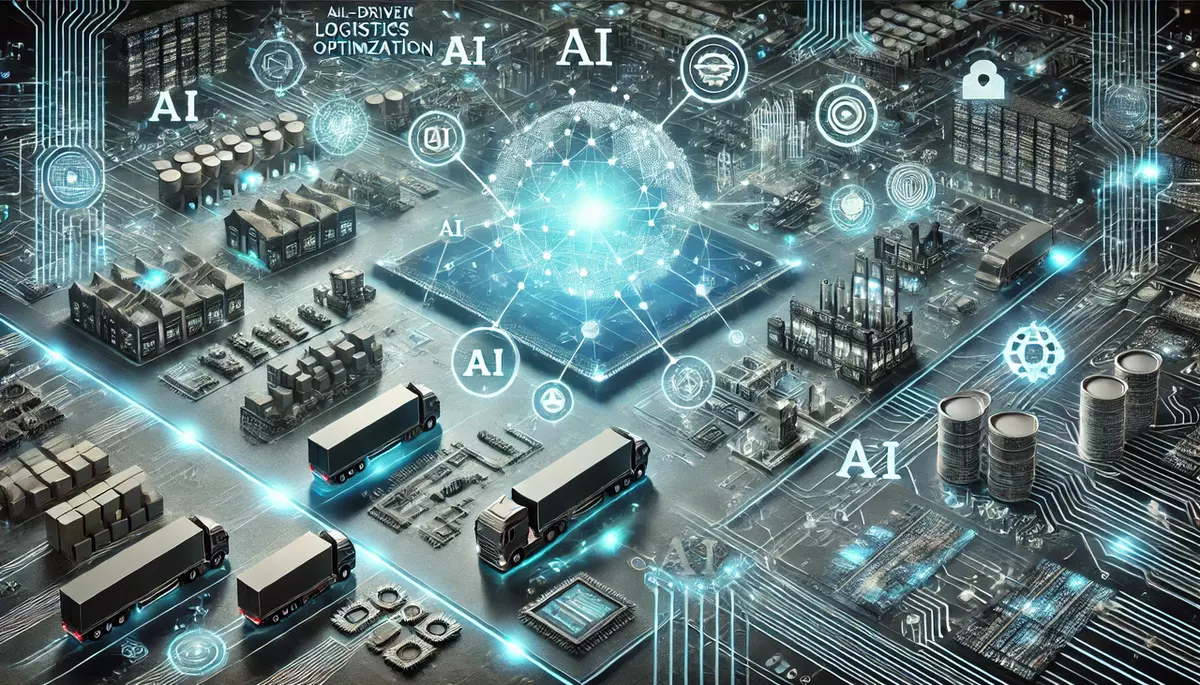Introduction
Neural networks are a fundamental component of artificial intelligence and machine learning, inspired by the biological neural networks in the human brain. They are powerful computational models capable of learning and solving complex problems by processing and analyzing large amounts of data.
What is a Neural Network?
A neural network is a network of interconnected nodes, similar to the neurons in the human brain, that can learn to perform various tasks by processing and analyzing input data. These nodes, called artificial neurons, are organized into layers and connected by weighted links, which are adjusted during the training process to improve the network’s performance.
Key Characteristics of Neural Networks:
- Nonlinearity: Neural networks can model complex, nonlinear relationships between inputs and outputs.
- Adaptability: Neural networks can adapt and learn from experience, improving their performance over time.
- Parallel Processing: Neural networks can process information in parallel, allowing for efficient and fast computations.
- Fault Tolerance: Neural networks can maintain performance even if some of their components are damaged or malfunctioning.
How Do Neural Networks Work?
Neural networks work by learning from data through a process called training. During training, the network is exposed to a large dataset, and the weights of the connections between the neurons are adjusted to minimize the error between the network’s output and the desired output.
The Process of Training a Neural Network:
- Input Layer: The input data is fed into the network through the input layer.
- Hidden Layers: The input data is processed through one or more hidden layers, where the network learns to extract relevant features and patterns.
- Output Layer: The final output is produced by the output layer, which represents the network’s prediction or decision.
- Backpropagation: The error between the network’s output and the desired output is propagated back through the network, and the weights are adjusted to minimize this error.
- Iteration: The training process is repeated multiple times, with the network continuously learning and improving its performance.
Example of a Neural Network:
Consider a neural network designed to classify images of handwritten digits (0-9). The input layer would consist of pixels representing the image, the hidden layers would learn to extract features like edges and shapes, and the output layer would produce a probability distribution over the 10 possible digits.
Applications of Neural Networks
Neural networks have a wide range of applications in various fields:
Computer Vision:
- Image Classification: Identifying and classifying objects, people, or scenes in images.
- Object Detection: Locating and recognizing objects within an image.
- Image Segmentation: Partitioning an image into meaningful regions or objects.
Natural Language Processing:
- Text Classification: Categorizing text documents into different topics or sentiments.
- Language Translation: Translating text from one language to another.
- Speech Recognition: Converting spoken language into text.
Predictive Analytics:
- Time Series Forecasting: Predicting future values based on historical data.
- Recommendation Systems: Suggesting products, content, or services based on user preferences.
- Anomaly Detection: Identifying unusual or unexpected patterns in data.
Robotics and Control Systems:
- Robot Navigation: Enabling robots to navigate and make decisions in complex environments.
- Autonomous Vehicles: Powering self-driving cars and other autonomous transportation systems.
- Process Control: Optimizing and controlling industrial processes and systems.
Challenges and Limitations of Neural Networks
While neural networks are powerful, they also have some challenges and limitations:
- Interpretability: The inner workings of neural networks can be difficult to interpret, making it challenging to understand how they arrive at their decisions.
- Data Dependency: Neural networks require large amounts of high-quality training data to achieve good performance, which can be time-consuming and expensive to obtain.
- Computational Complexity: Training and running neural networks can be computationally intensive, especially for large and complex models.
- Overfitting: Neural networks can sometimes learn to fit the training data too closely, leading to poor generalization to new, unseen data.
Future Developments in Neural Networks
The field of neural networks is rapidly evolving, with ongoing research and development in areas such as:
- Deep Learning: Advancements in deep neural network architectures, enabling the learning of more complex and abstract features.
- Reinforcement Learning: Combining neural networks with reinforcement learning algorithms to enable agents to learn and make decisions in dynamic environments.
- Neuromorphic Computing: Developing hardware architectures that mimic the structure and function of biological neural networks, enabling more efficient and energy-effective neural network computations.
- Explainable AI: Improving the interpretability and transparency of neural networks, allowing for better understanding and trust in their decisions.
Conclusion
Neural networks are a powerful and versatile tool in the field of artificial intelligence, capable of learning and solving complex problems across a wide range of applications. As research and development in this area continue to advance, neural networks are poised to play an increasingly important role in shaping the future of technology and our understanding of intelligence.
This knowledge base article is provided by Fabled Sky Research, a company dedicated to exploring and disseminating information on cutting-edge technologies. For more information, please visit our website at https://fabledsky.com/.
References
- Goodfellow, I., Bengio, Y., & Courville, A. (2016). Deep Learning. MIT Press.
- Haykin, S. (2009). Neural Networks and Learning Machines (3rd ed.). Pearson.
- LeCun, Y., Bengio, Y., & Hinton, G. (2015). Deep learning. Nature, 521(7553), 436-444.
- Schmidhuber, J. (2015). Deep learning in neural networks: An overview. Neural Networks, 61, 85-117.
- Chollet, F. (2017). Deep Learning with Python. Manning Publications.

